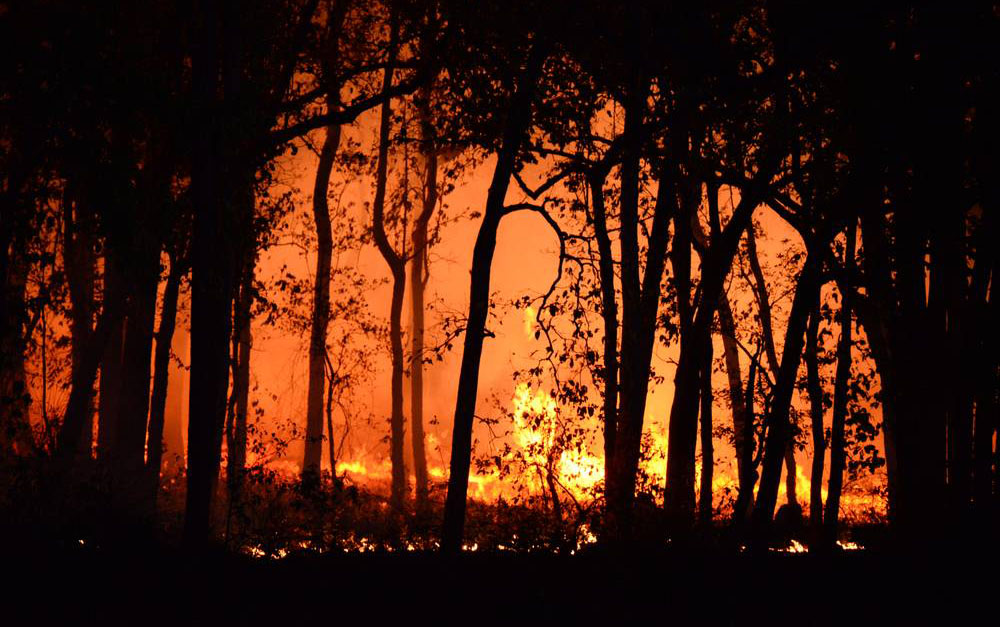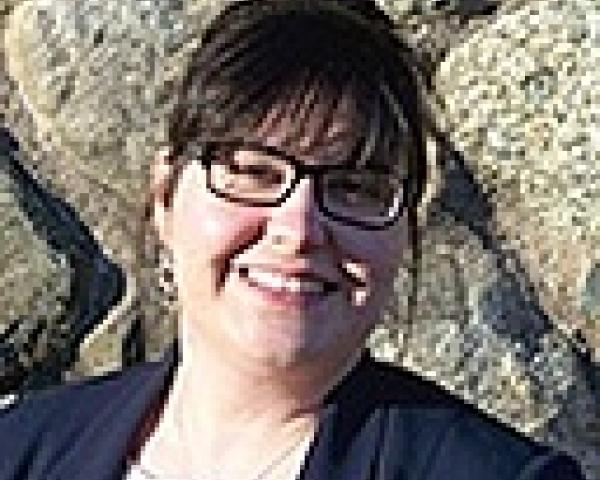This is part 2 in a series.
An increasingly volatile recipe of climate change and urbanization means that the past is no longer representative of the future when it comes to wildfire risk. Insurers can’t rely on previous wildfire seasons or events to inform future strategy. Just as every wildfire is unique, there simply is no one-size-fits-all approach to underwriting this risk. If you're going to write wildfire risk in the U.S., and particularly in the West, then not only must you concede to assuming some level of risk but you must implement a more strategic approach. Savvy insurers know this, and that’s why they’re reaching out to solutions providers, brokers and data companies to help them develop a new game plan for a risk that’s 90% caused by humans and 100% variable.
Back-to-back years of catastrophic wildfires raise the question: When will wildfires cease to be historic on an annual basis? According to GenRe, the severity of wildfire events is likely to continue. Its research reveals that it’s not so much the frequency of events (with the number of wildfires being fairly consistent since the 1980s), but the size of the event, with megafires an emerging trend:
“Thinking of 2017 and 2018 as ‘1 in 20’ events may seem extreme; thinking of them as ‘1 in 5’ is almost too frightening to accept. No one knows the right answer, but we believe that long-term historical answers are unlikely to be the right ones.” -- Ira Kaplan, GenRe
So, how can insurers confidently underwrite wildfire risk when the cards seem stacked against them? Answer: By implementing a more innovative and strategic underwriting approach.
My role as director of data products for Insurity’s SpatialKey solutions focuses on helping insurers explore new avenues to reduce wildfire risk and identify opportunities by applying smarter data and analytics. Our data partners continue to push the envelope by developing savvier ways to analyze risk by examining past behavior. For example, California’s megafires, including Tubbs, Thomas and of course the Camp Fire, which devasted the town of Paradise, have brought to light a few strategic considerations:
A single score is not the be-all-end-all
“It’s all about finding good risks in bad areas,” according to Clark Woodward, CEO and founder of RedZone, an innovative wildfire modeling company. “Wildfire is difficult to model because there are so many factors such as urbanization, a rapidly changing climate, increasingly intense fire behavior and the unpredictability of where fires ignite. This means insurers need to move away from a single score, which does not accurately encompass the complexities of fire risk. You’re going to be much more likely to be surprised if you are relying on a single number.”
We’re seeing more of our partners, such as RedZone and Willis Re, bring data to market that tells a more complete story. For example, RedZone’s “correlated risk zones” data supports both underwriting and portfolio-level analysis by enabling risk analysts to identify communities or regions that may be many miles apart but could be affected by the same event. These regions, statistically, burn together even though they are separated by natural breaks (i.e. highways, ridgetops, rivers). The zones help insurers identify risk based on fire behavior and characteristics.
Reinsurance broker Willis Re is applying an innovative wildfire risk score underwriting methodology that also helps clients understand areas that are driving up probable maximum losses (PML) to help diversify portfolios and drive reinsurance costs down. This solution enables carrier clients to make more informed rating decisions while considering the hazard level of the new locations and the associated impact. As Vaughn Jensen, executive vice president at Willis Re, explains, “California’s recent wildfires illuminated that many carriers do not have a good handle on their wildfire risk, in no small part because existing industry models do not accurately represent the hazard.”
See also: Wildfire Season Off to Perilous Start
More data points need to be taken into consideration
Layering HazardHub data, such as distance-to-fire-station and distance-to-hydrant, with another wildfire model can provide insurers with a more comprehensive understanding of wildfire risk, especially when visualized within a geospatial analytics solution that provides contextualization of the surrounding landscape. For example, visualizing wildfire risk in combination with data points that answer the following questions is critical to understanding the big picture:
- What’s the proximity to the nearest fire hydrant?
- What’s the proximity to the nearest fire station?
- What’s the proximity/access to the nearest road(s)?
- Is there evidence of active tree clearing and mitigation efforts surrounding the structure(s)?
- What’s the loss type (i.e. direct, embers, smoke) and intensity?
- What’s the construction type and year built (likeliness to burn)?
The above underwriting report includes critical fire station data from HazardHub along with the relative risk score of the peril itself from Willis Re. This combination of data points helps to contextualize and price risk in a single view.
Bringing it all together for a more strategic and informed view of wildfire risk
Multiple data points, and even multiple models, should be used collectively for more informed and strategic wildfire risk assessment at the point of underwriting. It’s imperative that wildfire risk isn’t assessed with a single model or single score, which is why I’m dedicated to facilitating a more open ecosystem where our P&C clients have access to multiple sources of expert data.
Equally important to leveraging new data sources is the ability to readily access them and use them to make informed underwriting decisions based on your risk appetite and in the context of your existing portfolio data. Making data easily accessible to decision-makers, along with enhanced analytics, will be the defining difference between companies that succeed with wildfire risk and those that fail.








